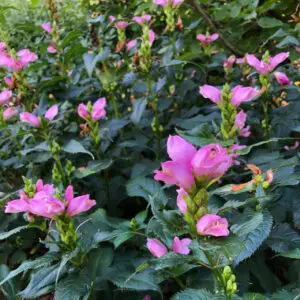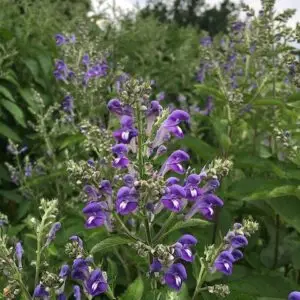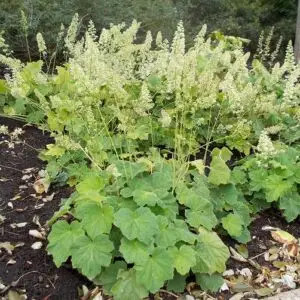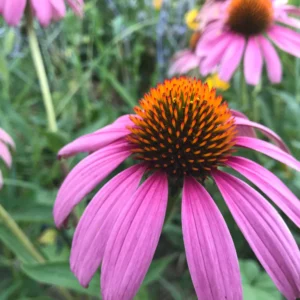| Size | Trade Gallons, Two Gallons, Three Gallons |
|---|
Morus rubra – Red Mulberry (BTF.H.M.MTH.NB.OP)
$25.00 – $40.00
Ecosystem Services:
(B)-Birds (B&B)-Birds & Butterflies
(BTF)-Butterflies (BW)-Black Walnut Resistant
(DR)-Deer Resistant (DRGHT)-Drought Resistant
(EC)-Erosion Control (EVR)-Evergreen
(FC)-Fall Color (FRG)-Fragrant
(GRD)-Groundcover (H)-Host plant
(HMR)-Hummingbirds (M)-Mammals
(MTH)-Moths (N)-Nectar
(NB)-Native Bees (NST)-Nesting Material
(OP)-Other pollinators (RR)-Rabbit Resistant
(SHWY)-Showy (SPC)-Specimen Plant
Red Mulberry, is a deciduous tree that may grow to 30 feet with a short trunk about 2 feet in diameter and a dense, spreading crown.
The leaves are alternate, thin, somewhat heart-shaped, and rough with a toothed margin and up to 3 lobes. The bark is gray-brown with long, scaly ridges. In spring, small, pale green male and female slim, cylindrical flowers mature. The small tree produces a 1 to 1.25 inch long cluster of drupes that mature in summer. Fruit resembles a blackberry and, if eaten when unripe, are poisonous as is the milky white sap that all parts of the tree produces. Fruits that are eaten when ripe are harmless.
The Red mulberry is best grown in rich, moist, well-drained soils in full sun to part shade. It will be at its best in full sun. Prune in late fall or winter to avoid bleeding. It is easily grown from seed or cuttings and may also self-seed somewhat prolifically. It does not do well in poor soil.
Host plant for the Red Admiral butterfly and important food for birds and mammals.
Only logged in customers who have purchased this product may leave a review.






Reviews
There are no reviews yet.